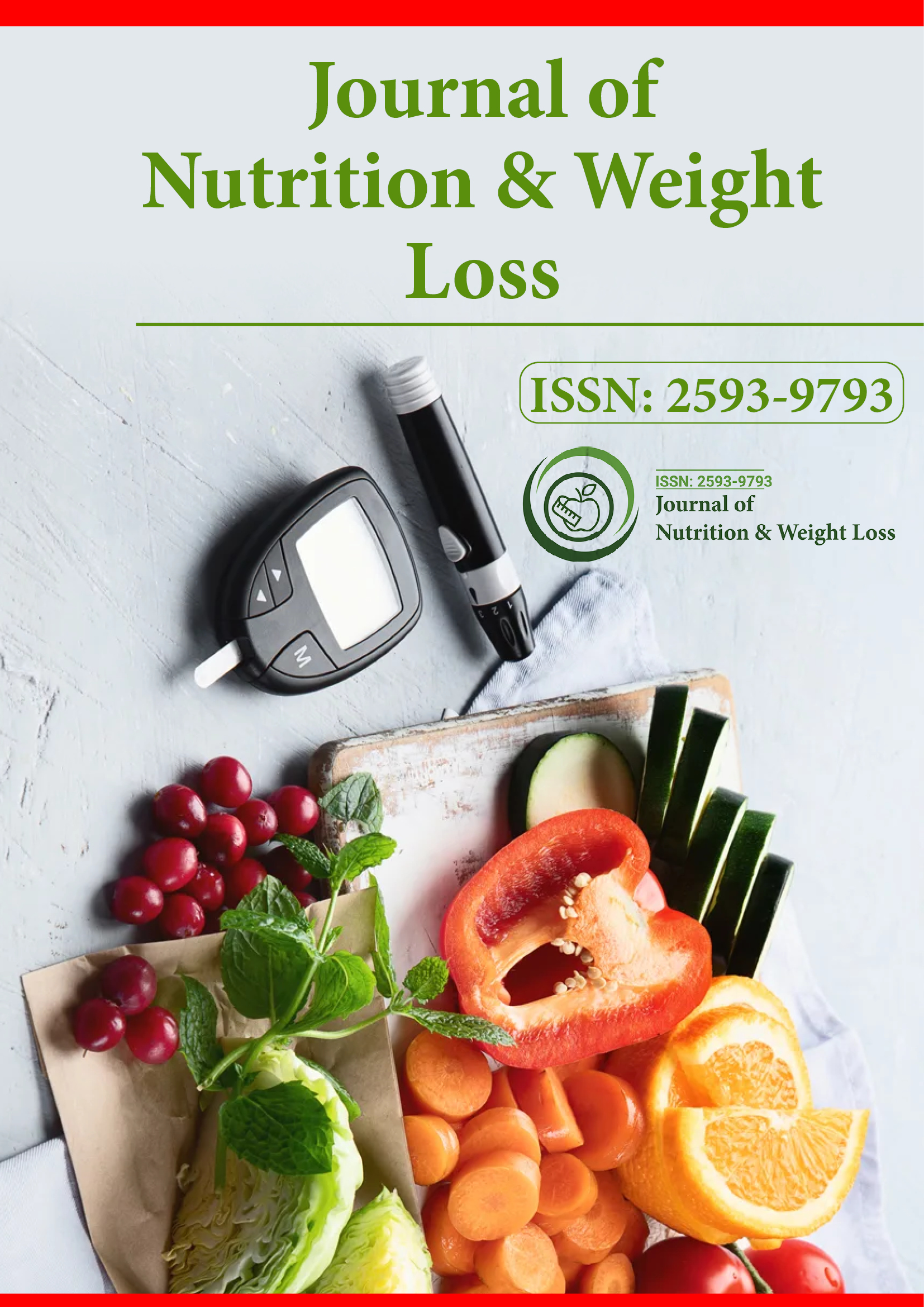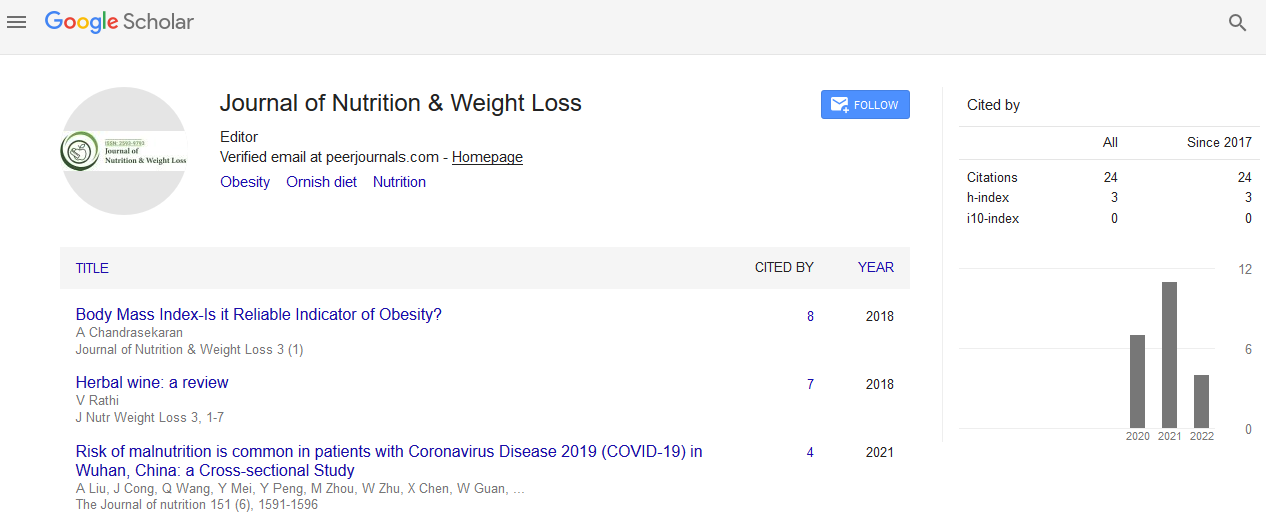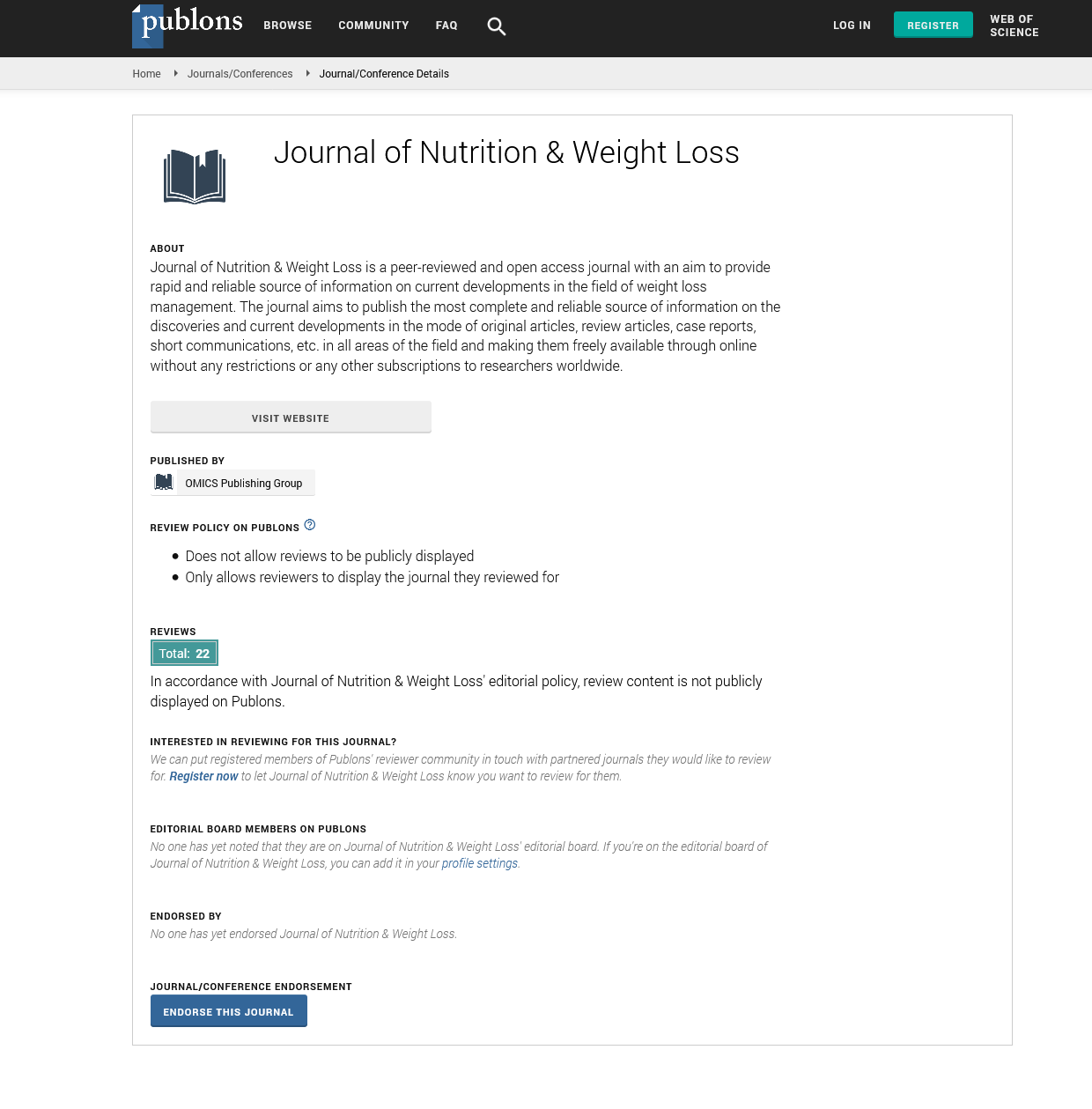Indexed In
- RefSeek
- Hamdard University
- EBSCO A-Z
- Publons
- Euro Pub
- Google Scholar
Useful Links
Share This Page
Journal Flyer

Open Access Journals
- Agri and Aquaculture
- Biochemistry
- Bioinformatics & Systems Biology
- Business & Management
- Chemistry
- Clinical Sciences
- Engineering
- Food & Nutrition
- General Science
- Genetics & Molecular Biology
- Immunology & Microbiology
- Medical Sciences
- Neuroscience & Psychology
- Nursing & Health Care
- Pharmaceutical Sciences
Editorial - (2021) Volume 0, Issue 0
Advancing Dietary Protein for Lifelong Bone Health
Nasser Salem Alqahtani*Received: 20-Sep-2021 Published: 30-Sep-2021, DOI: 10.35248/2593-9793.21.s3.136
Editorial
Bone goes through ceaseless redesigning; in this way, a satisfactory stock of amino corrosive and mineral substrate is expected to help the arrangement and upkeep of bone across the life expectancy. Albeit a significant sum of examination has been given to the sort and measure of dietary protein admission important to accomplish ideal bone wellbeing, definitive bodies have differing suggestions around consumption, to a great extent set up on no bone wellbeing results as well as early nitrogen-balance contemplates. The relationship of dietary protein admission and bone wellbeing has started extreme discussion for a long time, and there are irregularities in how medical services suppliers counsel patients about protein according to bone wellbeing and avoidance of osteoporosis. Be that as it may, a new series of examinations from different investigates and driving bone wellbeing social orders have negated these early speculations and prompted a more clear comprehension of the job dietary protein plays in advancing bone wellbeing across the life expectancy. This article surveys the existing proof to date and sums up a new online course.
Dietary protein is the major primary part of all cells (counting bone cells) in the body. Proteins work as catalysts, in films, as transport transporters, and as chemicals, and their part amino acids fill in as forerunners for nucleic acids, chemicals, nutrients, and other significant atoms. Dietary Reference Intakes (DRIs) for protein and amino acids were set up by the National Academy of Medicine in 2005, utilizing the accessible nitrogen-balance reads as an intermediary for protein amalgamation. The Estimated Average Requirement (EAR) was determined utilizing this technique to be the normal insignificant measure of protein (nitrogen) admission to keep up with nitrogen balance. In principle, if consumption matches discharge, there will be no adjustment of protein levels in the body after some time. The Recommended Dietary Allowance (RDA) was determined as 2 SDs over the EAR to be 0.8 g of great quality protein (i.e., adjusted in every one of the 9 fundamental amino acids) per kilogram of body weight each day for grown-up men furthermore, ladies (0.85 g/kg each day for kids). The National Foundation of Medicine additionally characterized an adequate macronutrient circulation reach or scope of admission for a specific energy source that is related with a decreased danger of persistent sickness, while giving admissions of all fundamental supplements, for protein to be 10% to 35% of all out calories per day. While the upper reach for all out protein in the eating routine as a percent of all out energy admission was set to close to 35% to diminish hazard of persistent sickness, there were inadequate information to give portion reaction connections to build up a decent upper admission level for complete protein or for any of the amino acids.
Bone appears to level for various years during the third and into the fourth many years of life, after which it is bit by bit lost during middle age to more seasoned adulthood. An expected 60% to 80% of the fluctuation in bone mass and osteoporosis hazard has been recommended to be clarified by heritable way of life factors. However, there is mounting proof that more established grownups need more dietary protein when contrasted with their more youthful partners to help great wellbeing and advance recuperation from sickness also, keep up with usefulness. For the beyond 50 years or more, there has been huge discussion about whether higher admissions of dietary protein are useful or impeding to long haul bone wellbeing in grown-ups. Since 1920, higher dietary protein admissions have reliably been shown to increment urinary calcium. Early metabolic equilibrium concentrates on detailed that higher protein admissions didn't influence digestive calcium absorption, recommending that the extra urinary calcium should be gotten from bone tissue. Nonetheless, in spite of early metabolic equilibrium examines.
Later contemporary and touchy double stable calcium isotope studies have discovered higher protein admissions to increment digestive calcium retention, to such an extent that the expansion in urinary calcium can be represented by the further developed ingestion efficiency. Four distributed Meta analyses have endeavoured to address the longstanding contention encompassing the viability of dietary protein consumption on bone wellbeing in grown-ups. Dear et al. found no impact of higher protein consumption on break results, though the later review by Wu et al. discovered slight useful relationship for high versus low admission on hip crack danger. Hoaxes White et al. tracked down a useful relationship of high versus low protein admission and BMD and bone mineral substance for practically all bone destinations; be that as it may, measurable importance was available just at the lumbar spine.
Citation: Alqahtani NS (2021) Advancing Dietary Protein for Lifelong Bone Health. J Nutr Weight Loss. 6:136.
Copyright: © 2021 Alqahtani NS, This is an open-access article distributed under the terms of the Creative Commons Attribution License, which permits unrestricted use, distribution, and reproduction in any medium, provided the original author and source are credited.


